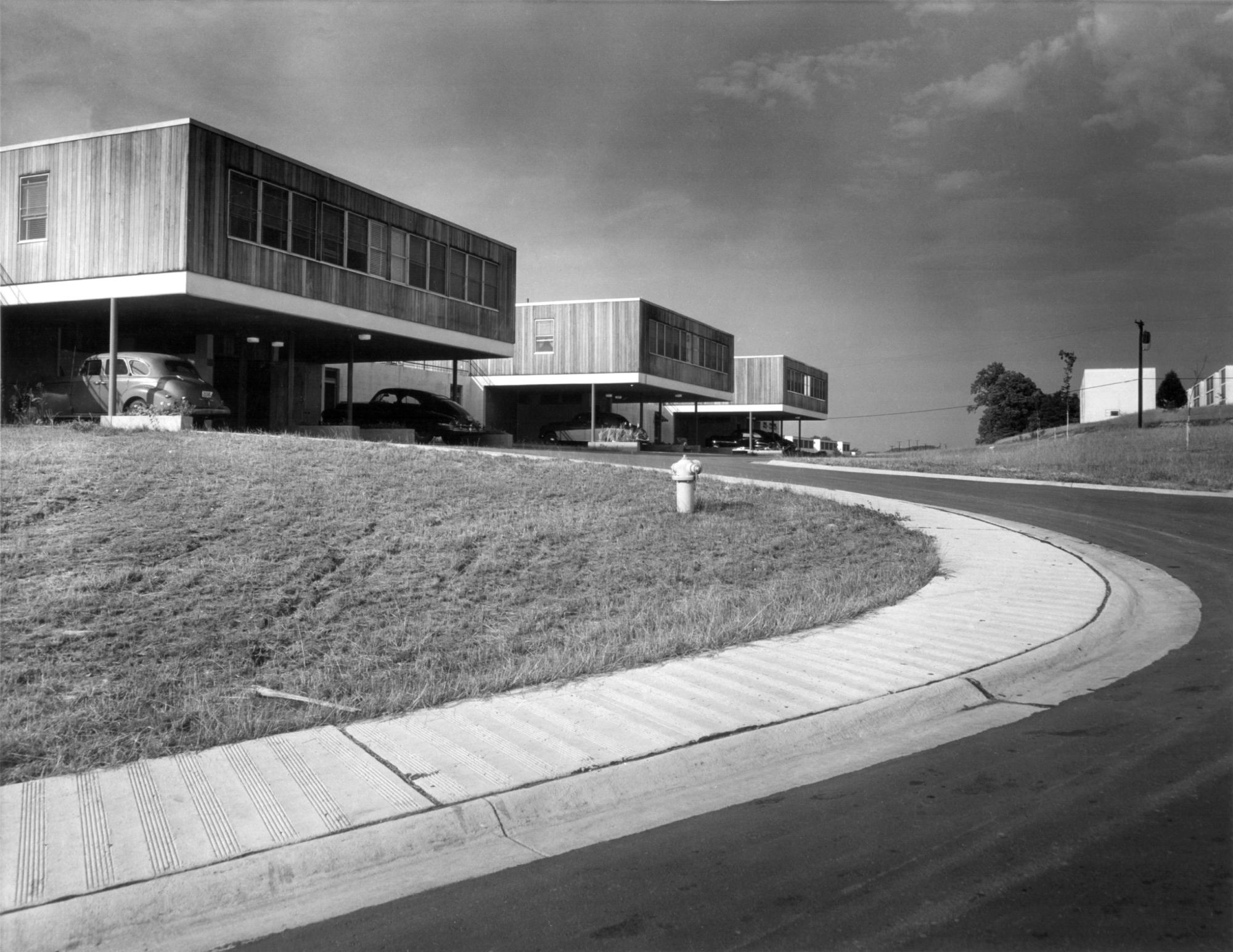How many people does it take to build an atomic bomb? About 125,000, if you count the inhabitants of three entire US cities that were built from scratch in 1943 as part of the Manhattan Project.
The cities, which also served as testing grounds for new architectural principles, were Los Alamos in New Mexico, Oak Ridge in Tennessee and Hanford/Richland in Washington state.
It was all done in secret. They weren’t on any maps, and almost none of the residents knew they were working on a new type of bomb, only some kind of war effort. For a casual observer, these cities were normal places with the occasional oddity: Every baby born in Los Alamos, for example, had a P.O. box in Santa Fe listed as their birth place.
But on August 6, 1945, when the bomb nicknamed “Little Boy” was dropped on the Japanese city of Hiroshima, the true nature of these cities was revealed to the world – and to the people who lived in them.
No man’s land
These cities were designed to house the massive facilities needed to refine radioactive material and construct the weapons themselves. To accommodate them, the US government started to quietly acquire land in the fall of 1942.
“The secrecy was impressive,” said Martin Moeller, curator of the Washington D.C. exhibition “Secret cities: The Architecture and planning of the Manhattan Project,” in a phone interview. “The existence of these cities was never acknowledged by the government during the war.”
The choice of sites was far from random. They were scarcely populated areas, which made it easier to secure the land and keep evictions to a minimum. And they were close – but not too close – to an established transport hub.
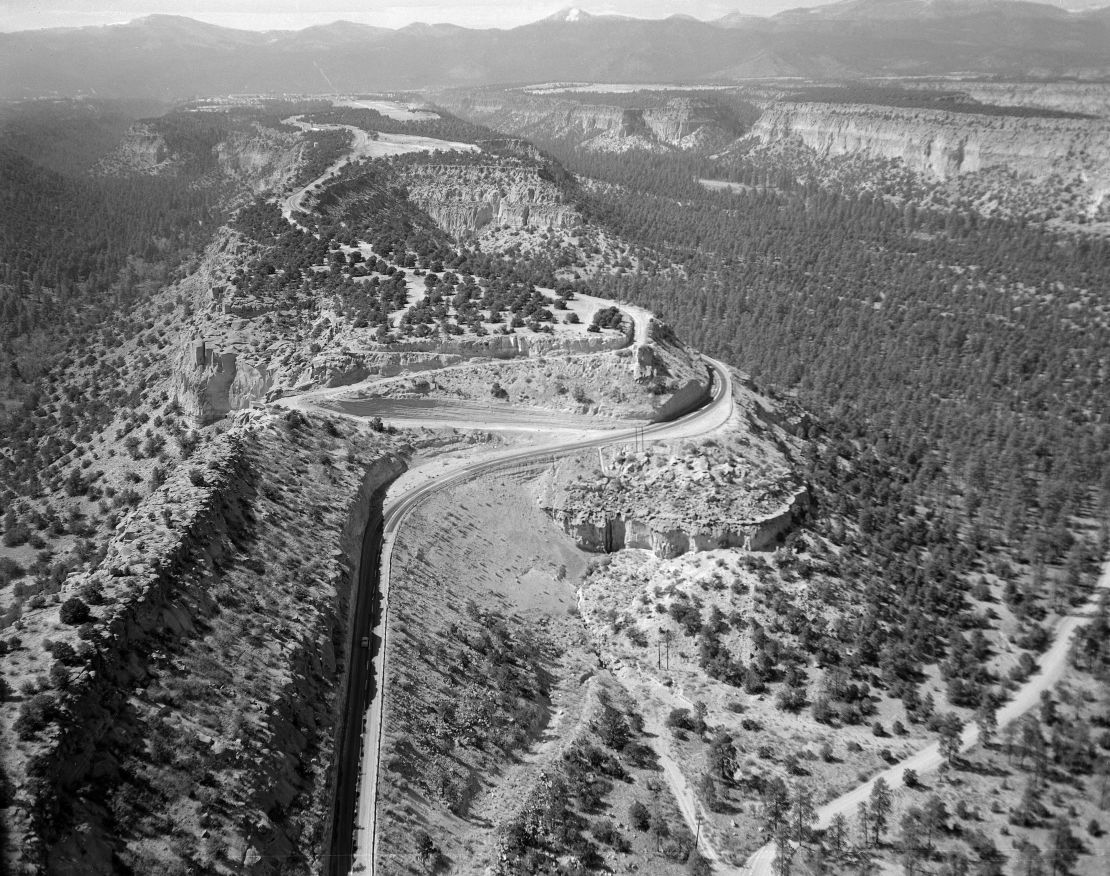
“All of them were about 25 to 35 miles from existing population centers – far enough that, in the 1940s, you could get out of people’s hair, but not so far that you couldn’t get people to train stations relatively close by,” said Moeller.
The official reason given for the displacement was the construction of a demolition range, most likely to encourage people to leave for fear that their homes would be damaged. Once the cities and facilities were built, a number of other false rumors were circulated, including one that attributed developments to the production of ammunition.
Moeller guesses that just a few hundred people in the country knew about the bomb before it was dropped. Nothing was explained to the tens of thousands who lived and worked in the cities that produced them, working “like moles in the dark,” as Life magazine put it in 1945.
“Obviously people knew something was afoot, but they didn’t really know what it was,” Moeller said.
“And even if they were working on uranium, no one had ever seen or heard of a nuclear weapon before. But it’s hard to put ourselves in the mindset of the 1940s. At the time, most people wouldn’t question anything in the name of the war effort.”
Architectural legacy
Although built quickly, the three cities proved hospitable. Few of the accommodations resembled military barracks or temporary housing.
“The leaders of the Manhattan Project felt that in order for things to proceed smoothly, workers and particularly scientists and engineers needed to feel at home,” said Moeller.
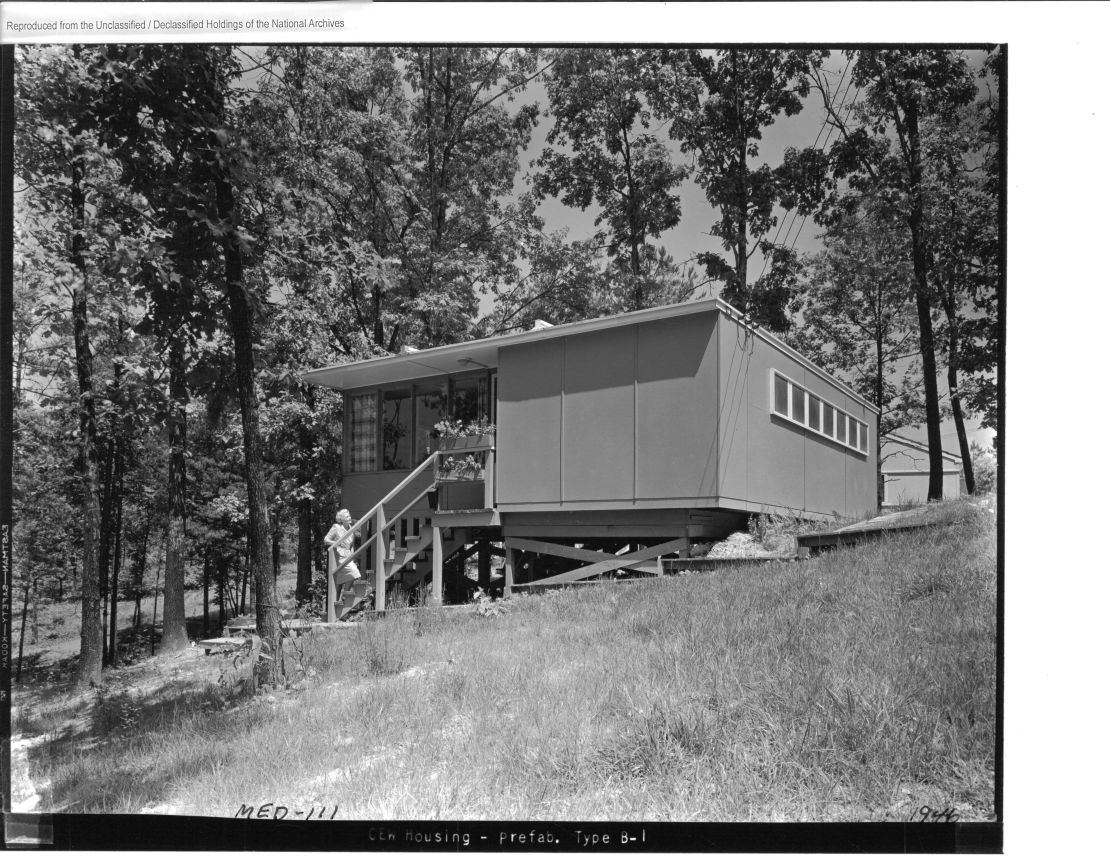
“So they embarked on an effort to build single family houses, winding roads and planned communities with green spaces. Some of the people who lived there, even during the war, talk about what a great place it was to grow up.”
But not everything was so progressive: Racial segregation was built into the planning from the start.
“(It happened) not only in Oak Ridge, which was in the south, but also in Los Alamos and Hanford, very different parts of the country, culturally,” said Moeller. “In all three cases, the general assumption was that segregation was a given. So, particularly at Hanford, not only African-American workers but also Latino workers were segregated.”
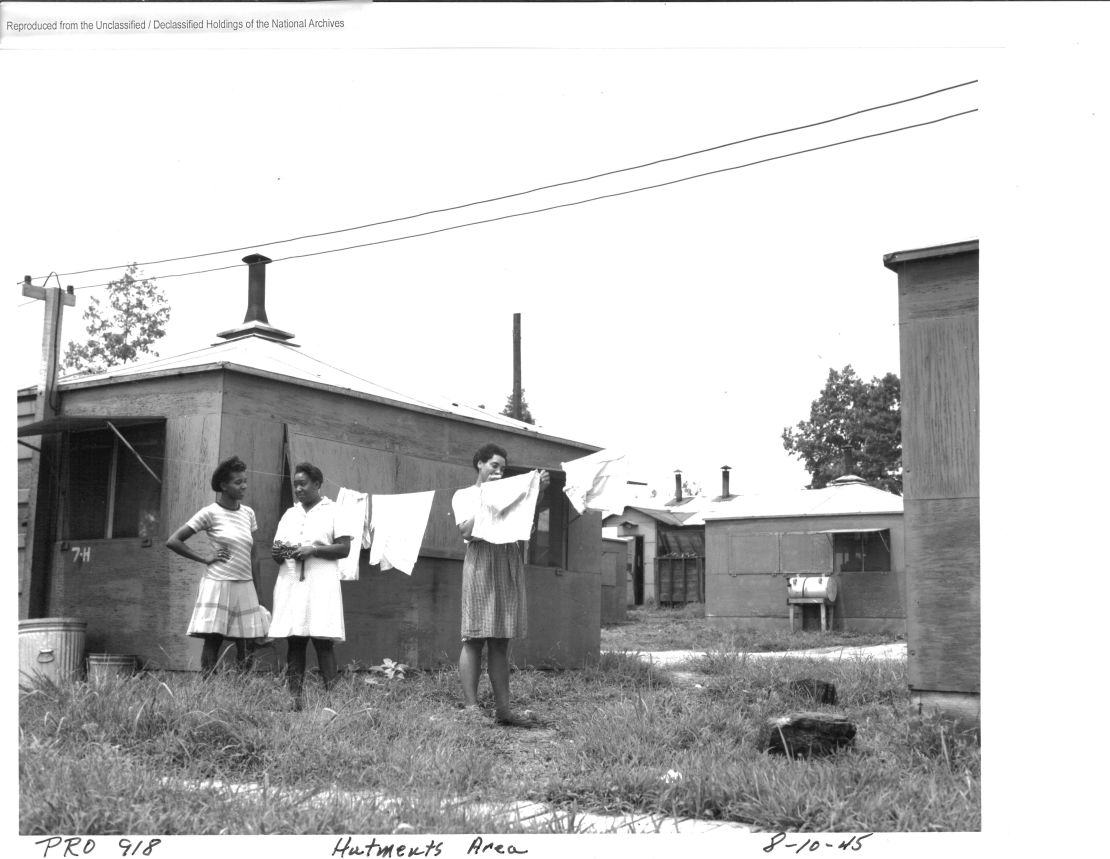
The architectural principles used to design the three communities were based on existing concepts, like those championed by Britain’s Garden city movement and advocates of prefabricated housing.
However, the communities also served as testing grounds for emerging ideas.
Oak Ridge was designed by Skidmore, Owings & Merrill – now a corporate giant, but then a little-known company asked to do things that architectural firms had never tried before.
“Not only did they handle the overall planning for the city, but they developed nomenclature for the streets, they oversaw the civil engineering of the community, and overall designs for prefabricated housing that was produced in quantity,” said Moeller. “They even helped design the school curriculum.
“My argument is that the groundwork was (then) laid for the emergence of the modern multidisciplinary architectural firm.”
Difficult questions
On July 16th, 1945, the very first nuclear weapon detonation took place in the New Mexico desert, about 100 miles from Los Alamos. Robert Oppenheimer, the physicist who led the Manhattan Project, called it the “Trinity” test and used it to verify the functionality of a more complex weapon design that would later be used for the bomb dropped on Nagasaki.
The shockwave could be felt 100 miles away, and the mushroom cloud climbed more than seven miles into the sky. Civilians noticed, so the army released a statement saying that “a remotely located ammunition magazine containing a considerable amount of high explosives and pyrotechnics (had) exploded.”
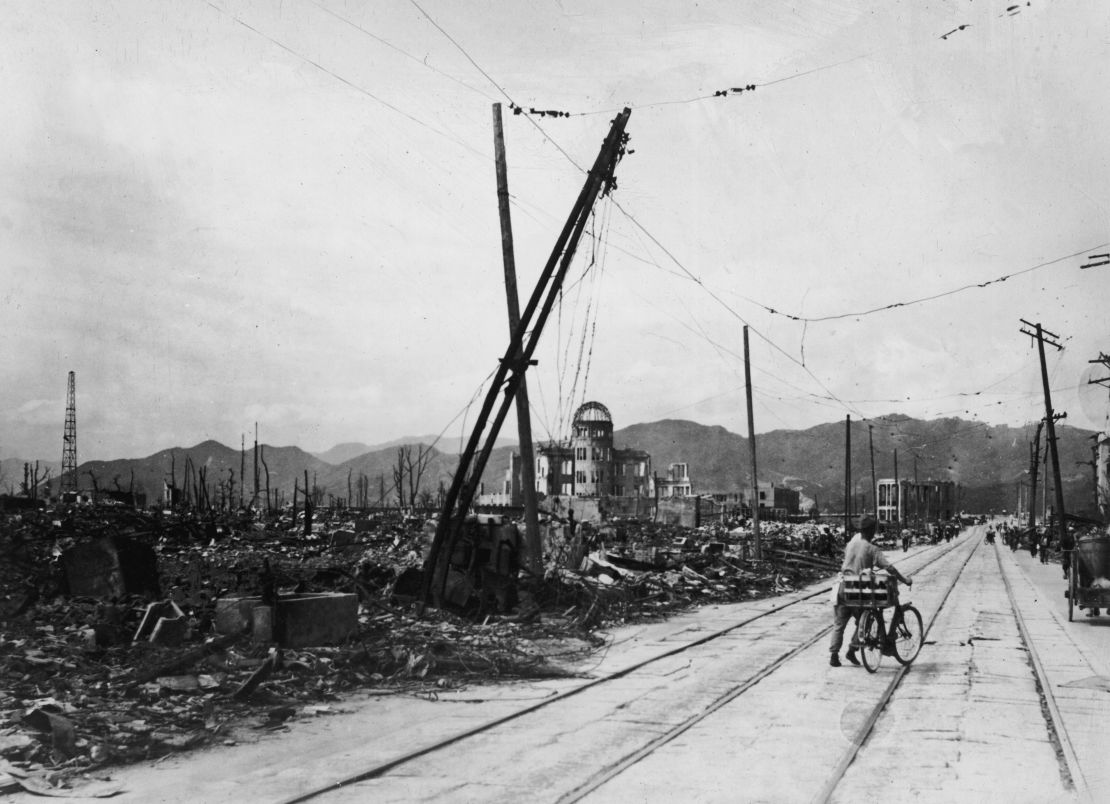
Less than a month later, on August 6, the bomb was deployed in combat and the secret was out.
“President Truman announced the purpose of the three secret cities,” said Moeller. “Among the residents, there was a range of reactions: some people were initially thrilled and incredibly proud that they had worked on this new weapon they believed ended the war, although of course this is debatable. Others were horrified to discover that they had been part of it. Nagasaki was bombed three days later, on August 9.
Moeller notes that his exhibition inspires questions about the inherent ethical difference between different kinds of weapons. “More people died in the firebombing of Tokyo than in the bombings of Hiroshima and Nagasaki combined,” he said. It’s hard to calculate the exact number of deaths caused by the bombs because of the lingering effects of radioactive poisoning, but the United States Strategic Bombing Survey reports that 100,000 people were killed instantly by the two atomic bombs, while 185,000 people died in the March 9, 1945 firebombing of Tokyo.
“Nuclear weapons create a specter of fear. But is that different, ethically, from firebombing or just machine-gunning people down?”
“Secret cities: The Architecture and planning of the Manhattan Project” is on at Washington’s National Building Museum until March 3, 2019.

